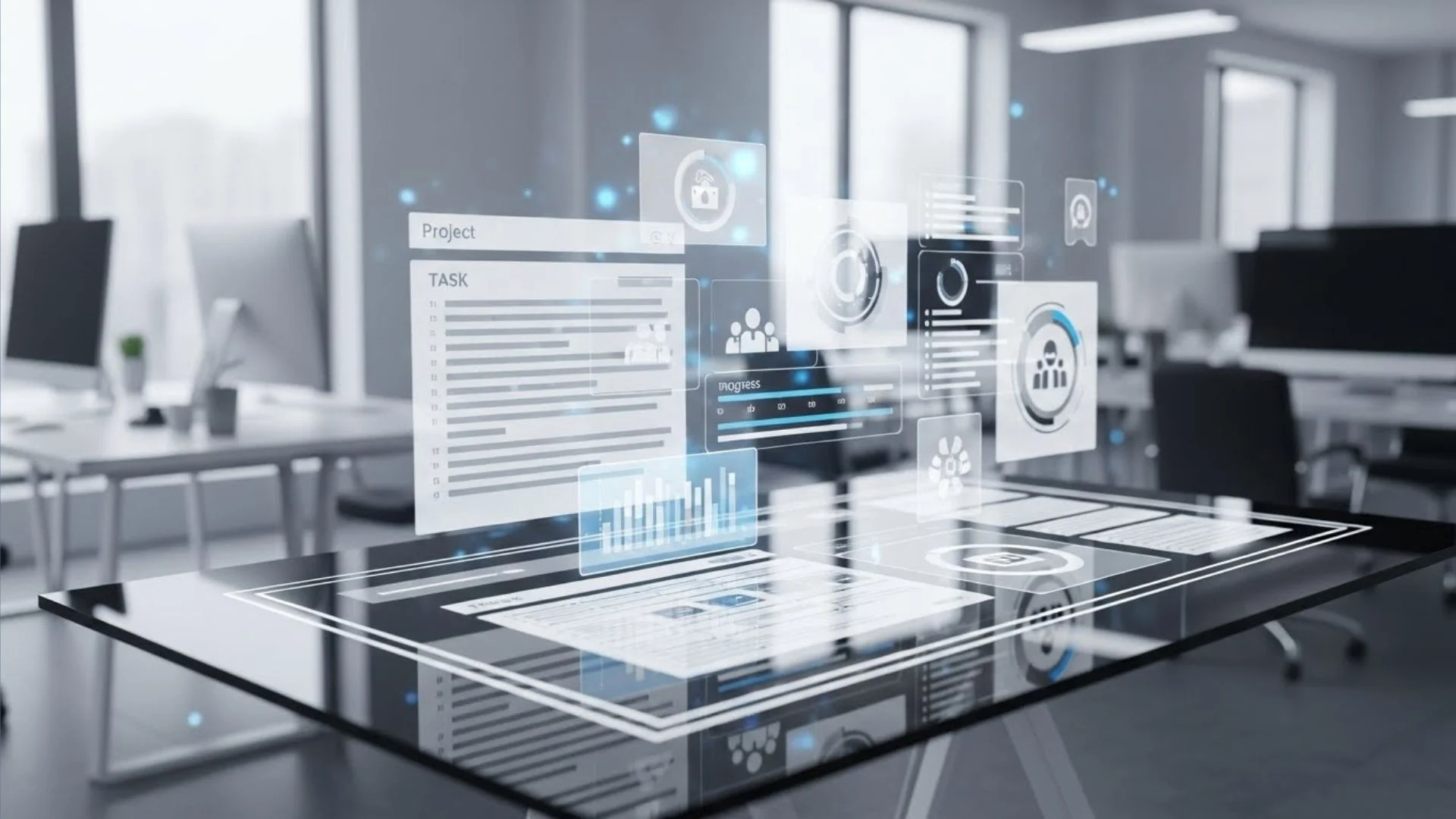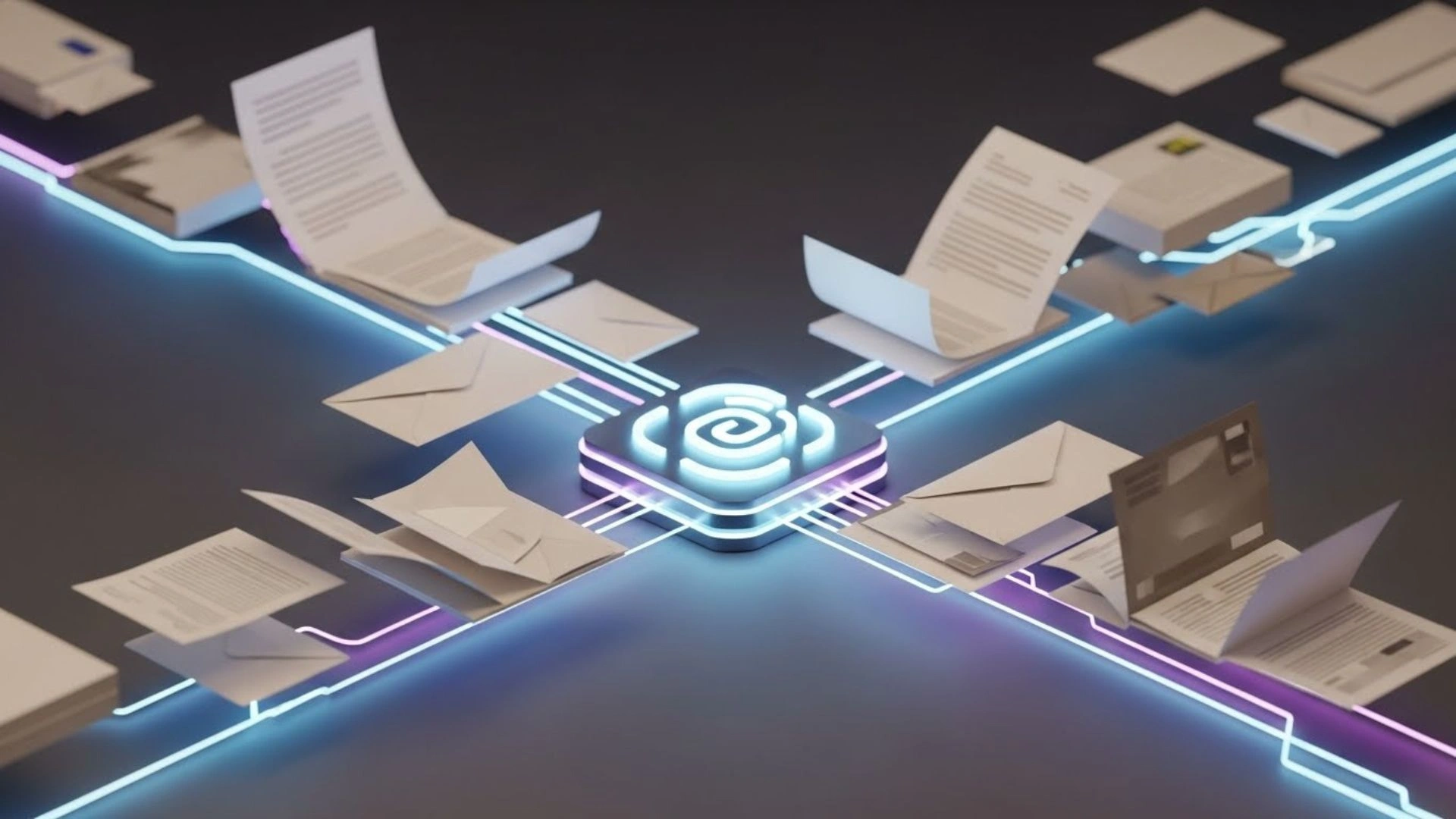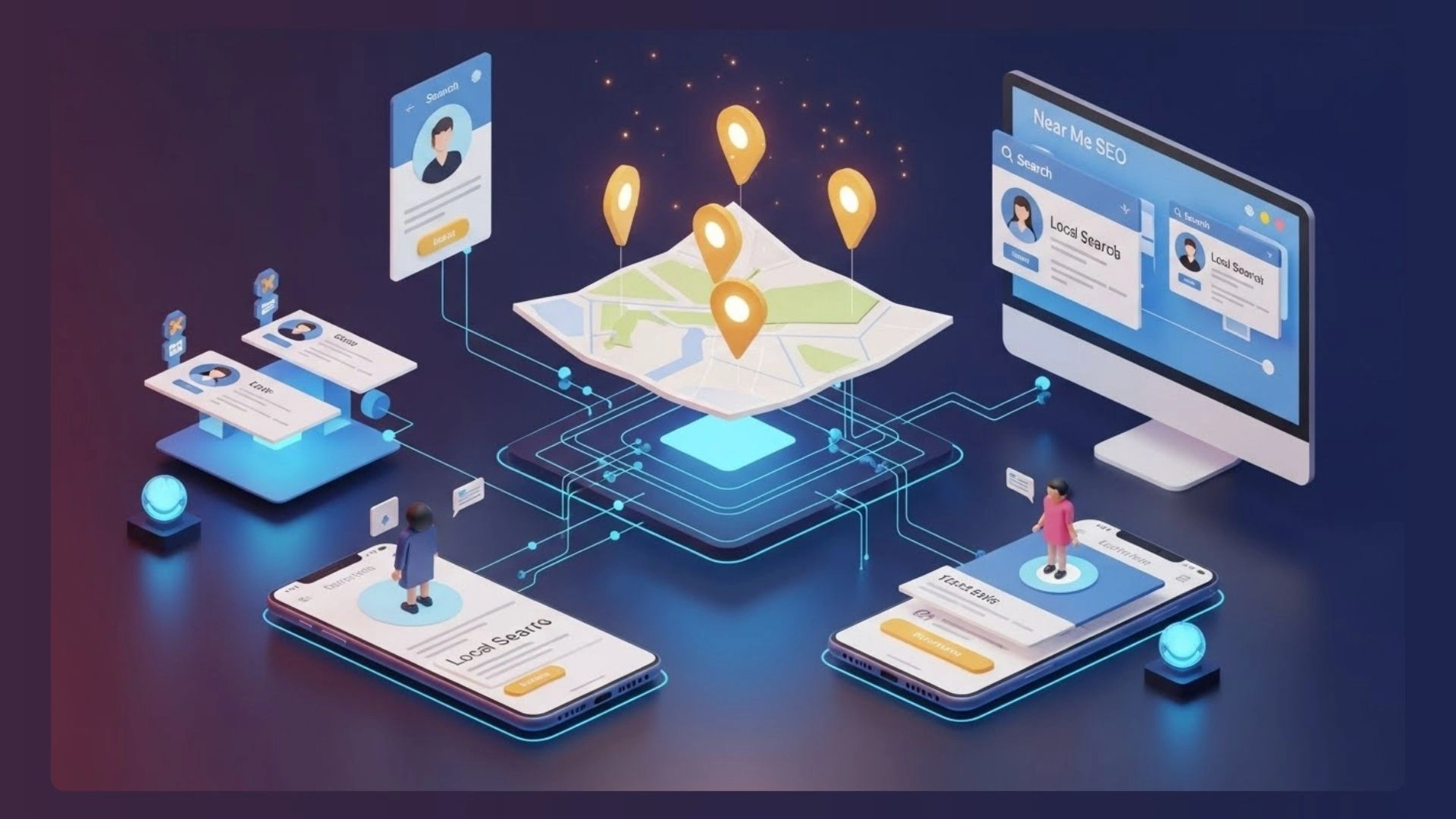Nowadays, it’s hard to imagine a productive construction site without lots of gadgets and apps. From specialized wearables to IoT devices and time tracking software, companies use all sorts of things to monitor their staff and improve daily activities. In this article, we’ll take a look at 6 most common categories of construction site management software that will help you out.
1. Project Management
Project management software is used in just about any industry, but it’s especially great for construction businesses. It allows you to track and streamline various processes and prevent confusion among team members. Among other things, these platforms store all your contracts and other documents, allow you to supervise operations, and schedule future tasks.
Best For
These all-in-one solutions serve as a central hub for construction businesses, making it easy to retrieve valuable information. Most brands use it to avoid overspending and meet their deadliness. Use it to check all the boxes as your project progresses and streamline design, resource management, and procurement.
Worst For
If you prefer using a specialized tool for each construction process, these platforms might seem a bit lackluster. Even though they provide a breakdown of your daily activities, they don’t have the same features as other programs. Furthermore, project management software doesn’t work that well for people in the field.
2. Construction Scheduling
With these programs, you answer some of the burning questions, such as where, what, and when. They allow you to plan daily processes and create sequences of tasks your workforce needs to complete. By combining good planning and scheduling software, you’re always able to meet your deadlines.
Best For
Scheduling tools provide a quick breakdown of weekly and monthly activities and show you when you have to perform certain tasks. They’re great for splitting larger tasks into smaller categories, which makes things easier for your team. You can use these programs to show your stakeholders how the project is progressing.
Worst For
Unfortunately, these tools aren’t that great for complex projects with numerous daily activities. Unlike project management apps, they aren’t as flexible and don’t allow constant changes. This is why employees will find it hard to monitor the current situation in the field.
3. Time Tracking
By using time-tracking software and various gadgets, you can track your staff in real-time. These programs utilize GPS technology to find employees in the field, which is especially valuable for preventing time theft. The software makes it easier to calculate paychecks, unlike the traditional punch-in systems.
Best For
With these tools, you can easily prevent any misuse or error when calculating work hours. Advanced tools also give you a breakdown of workers’ qualifications, skills, and contact data, which is invaluable when in the field. By using time tracking programs, you can help out workers in need and prevent them from entering hazardous zones.
Worst For
Time-tracking programs are niche apps that have one main purpose. Some of them tend to be quite expensive due to advanced technology. Although they’ll eventually pay for themselves, they can pose a financial burden for new construction businesses that want to establish themselves.
4. Jobsite Management
The biggest issue with most of these tools is that they work exclusively in the office. They don’t track the situation in the field, which makes them relatively useless on a day-to-day basis. With job site management tools, you address roadblocks as they appear and ensure maximum productivity. These field management capabilities are especially valuable when dealing with different types of construction insurance coverage, as they provide real-time documentation of site conditions and safety measures that insurers often require.
Best For
Jobsite management software is updated quickly, almost in real-time. It allows foremen to update their field team when something unexpected happens. In these situations, the staff can react quickly without losing too much time. Basically, it is a perfect program for removing roadblocks and staying on track.
Worst For
The issue with these task lists is they don’t go hand-in-hand with the current schedule. When something happens on the construction site, it puts all your planning in the loop, leading to misleading information. The job site management software doesn’t work well with project management solutions, causing additional frustration for foremen.
5. Reality Capture
It’s hard to imagine a construction yard that doesn’t use reality capture solutions. This type of technology is able to scan the surrounding environment and provide a digital copy of the layout. Reality capture programs combine some of the finest modern tech, including photogrammetry, 3D laser scanning, 360-degree photography, and drone aerial surveys.
Best For
With these tools, you’re able to plan a project by relying on field data. As it collects information on a daily basis, you’re able to monitor the project’s progress, weather conditions, and other variables. Similarly, advancements in AI tools for plumbing are enhancing efficiency and diagnostics in the plumbing sector. Its ability to create a digital twin is critical when trying to get loans from banks and entice other stakeholders.
Worst For
The software doesn’t provide enough details about the building and the surrounding environment. You might not realize that certain parts are unfinished and that you still have to address specific issues. And if you wish to compare the actual situation with digital info, it will take you a lot of time.
6. Enterprise Resource Planning
Resource management is one of the most important parts of construction project management. These platforms allow you to track accounting, logistics, compliance, supply chain operations, and various other tasks. The best thing yet is that many of these programs now come with automated solutions that will save you time and money.
Best For
By using these programs, you’ll get more information about the project’s costs. They serve as the central hub for your accounting, as these apps monitor all inputs and outputs. Procurement teams use ERP solutions as well; they show your employees the current situation with materials.
Worst For
Unfortunately, enterprise resource planning platforms won’t assist you with scheduling. They’re quite complex and require additional training to use.
Last Thoughts
By understanding your programs, you can create a perfect digital toolkit for your business. In an ideal world, you should get one program from each category. However, even getting just two or three solutions will help you immensely.



